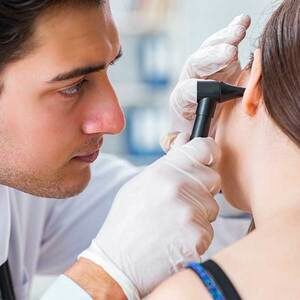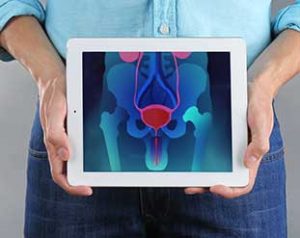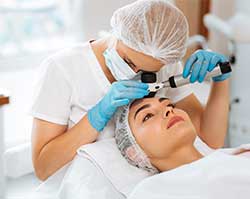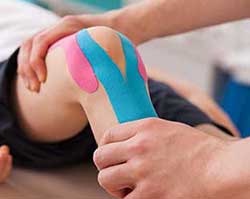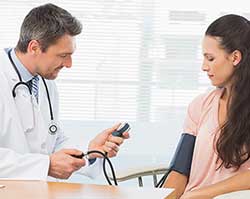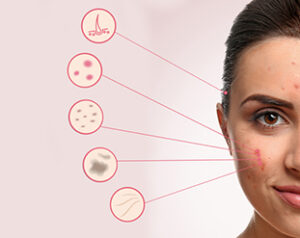Consult City's Top Doctors, The Minute You Need To
First Consultation starting
@ ₹249 ₹499
2907
Dermatologists
1075563
Cases done
by Dermatologists
1784
Hospitals
Pityriasis Rosea All you need to know
About
Pityriasis Rosea is a skin rash that usually appears on the torso, upper arms, thighs or neck. It sometimes begins as a spot on the chest and is followed by a pattern of small lesions.
People between 10 to 35 years of age and pregnant mothers are at higher risk of suffering from this disorder. [1]
Pityriasis Rosea is:
- Treatable by a medical professional
- Requires a medical diagnosis
- Lab tests or imaging are not required
- Resolves within days to weeks, usually goes away on its own
- Can affect people of all age groups
The cause of Pityriasis Rosea is yet not understood. But there are high chances that it may be triggered by a viral infection. Some people might also feel unwell before getting these rashes.
Symptoms
The common symptoms of Pityriasis Rosea are:
- Begins with a large, slightly raised, scaly patch on the back, chest or abdomen
- It can be itchy
- People may experience headache, fatigue, fever or a sore throat
- Soon there may be smaller lesions
- There may be loss of color of the skin
Treatment
Self-care: Home remedies may include taking an oatmeal bath, applying moisturizer, calamine lotion or an over-the-counter corticosteroid cream. Bathing or shower in lukewarm water is also suggestible.
Medication: Though Pityriasis usually clears up in 8 to 10 weeks, doctors may prescribe medication to help people with itching. They may recommend Antihistamines, Corticosteroids, or Acyclovir to deal with the rashes and itchiness.
Specialists: For other severe kinds, consult a dermatologist at the earliest. We at mfine can help you with various fields of health issues. You can get in touch with us onboard for a holistic treatment program.
Other Specialities
Give a missed call to 08061914343 to Download the App





